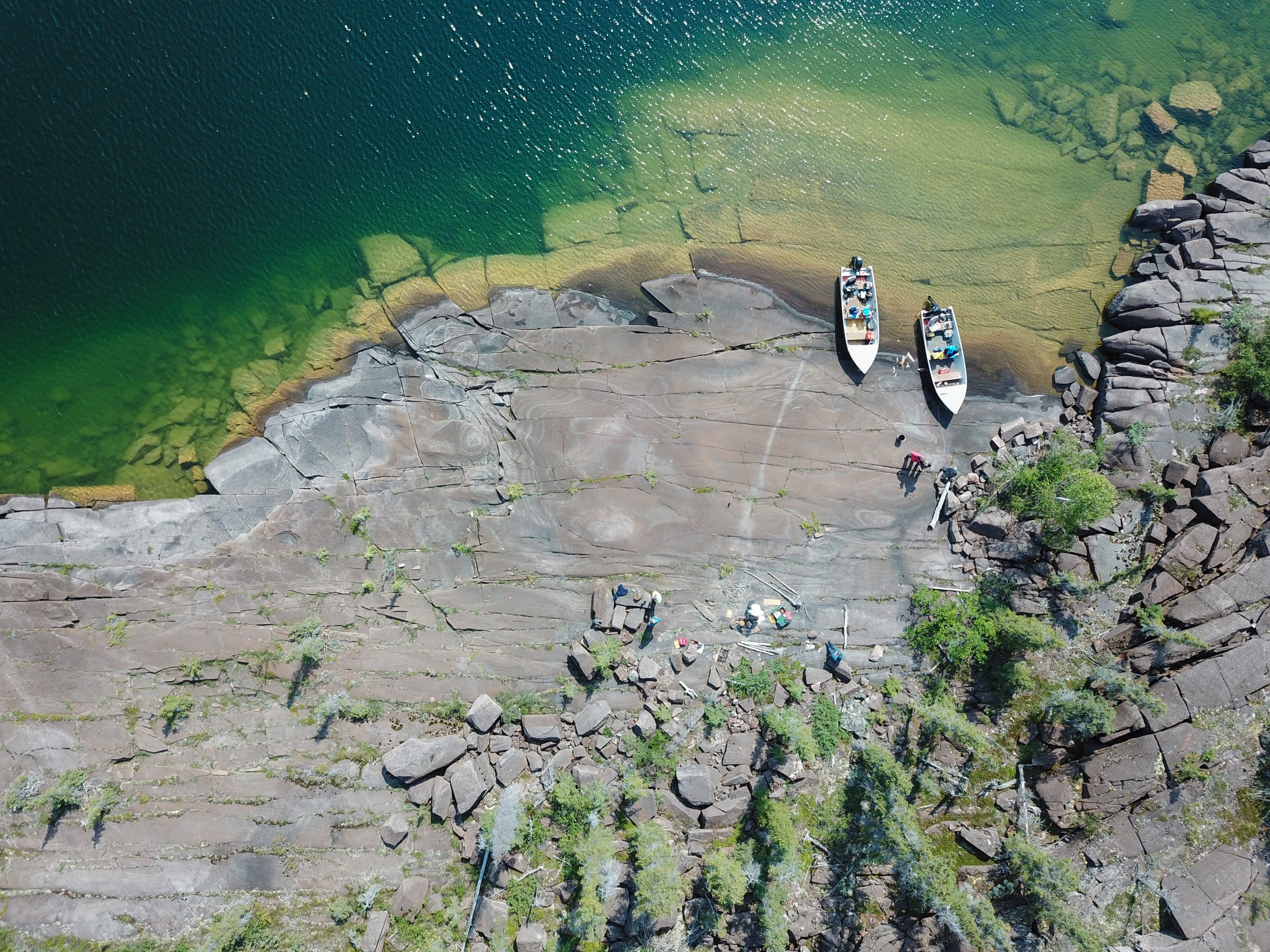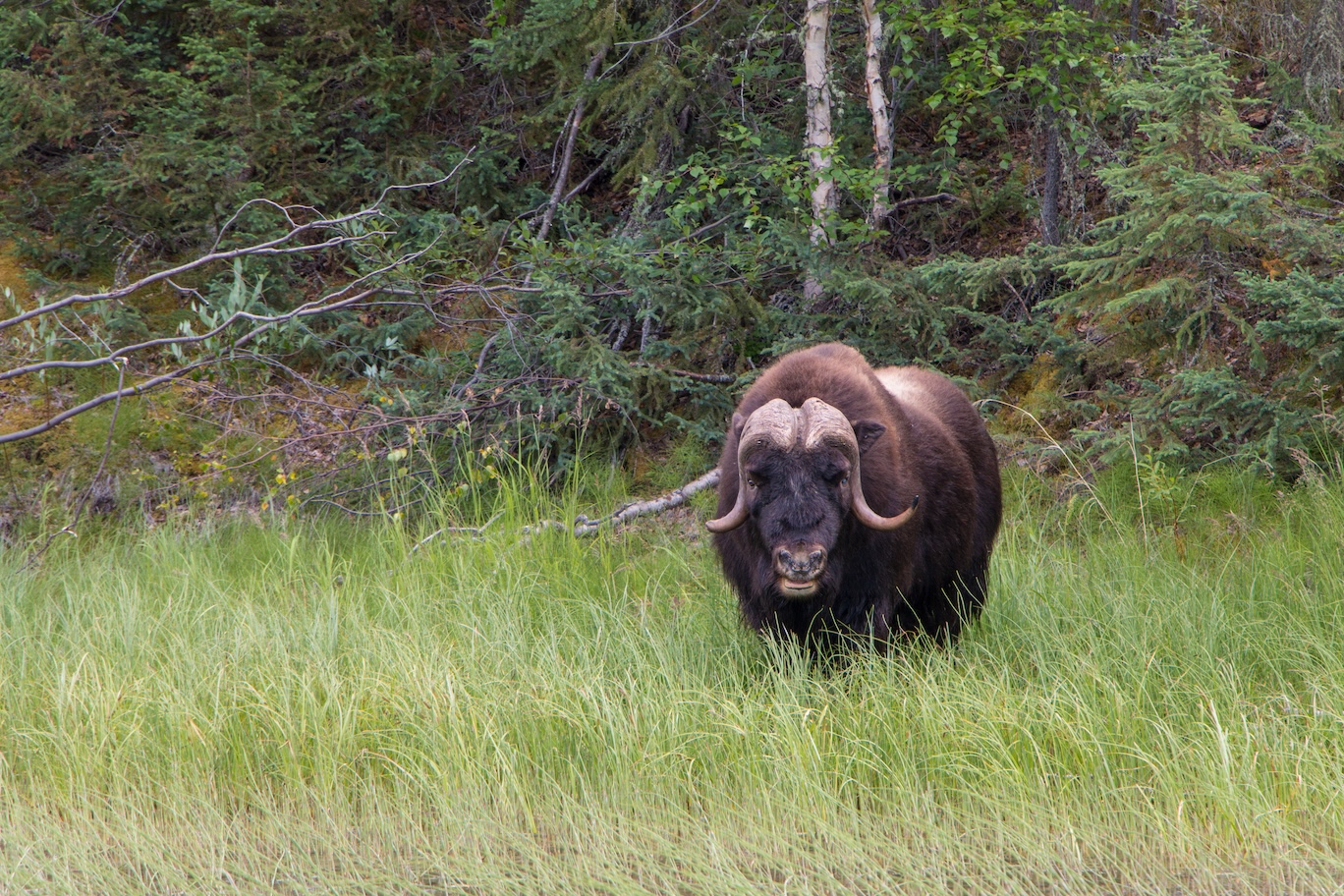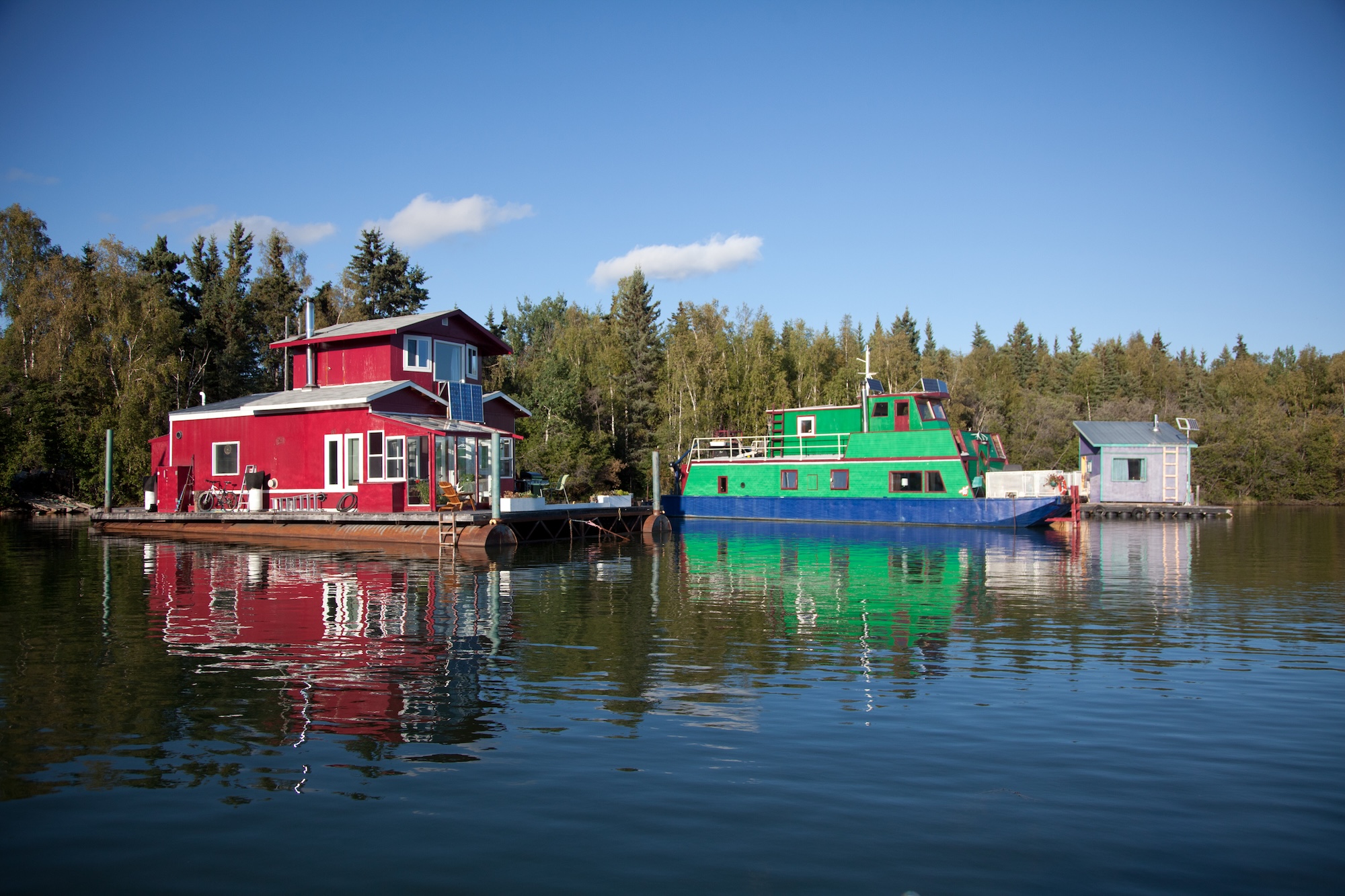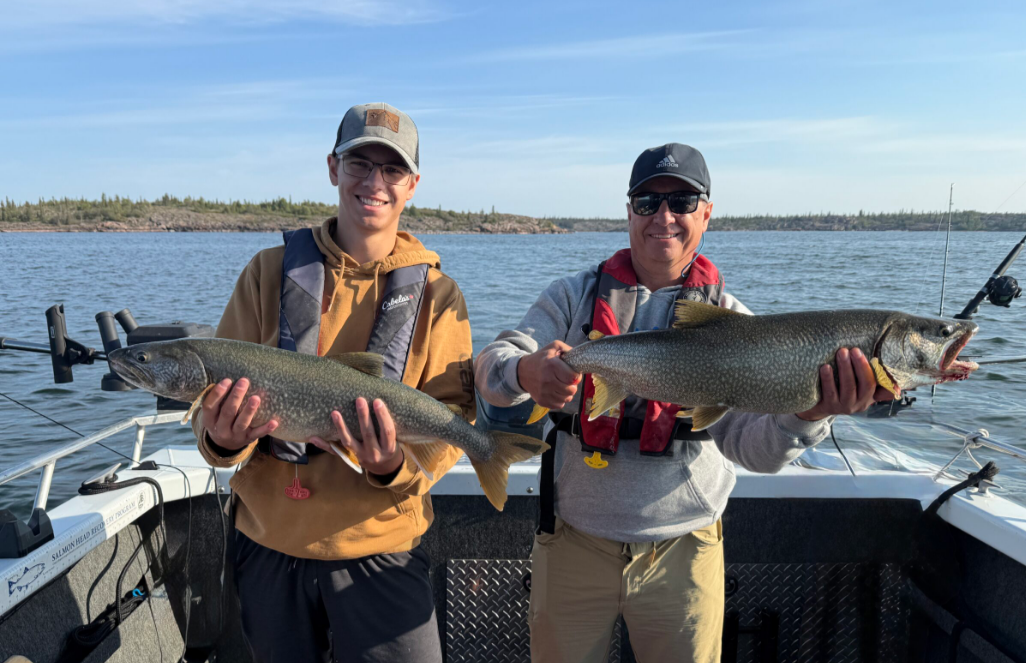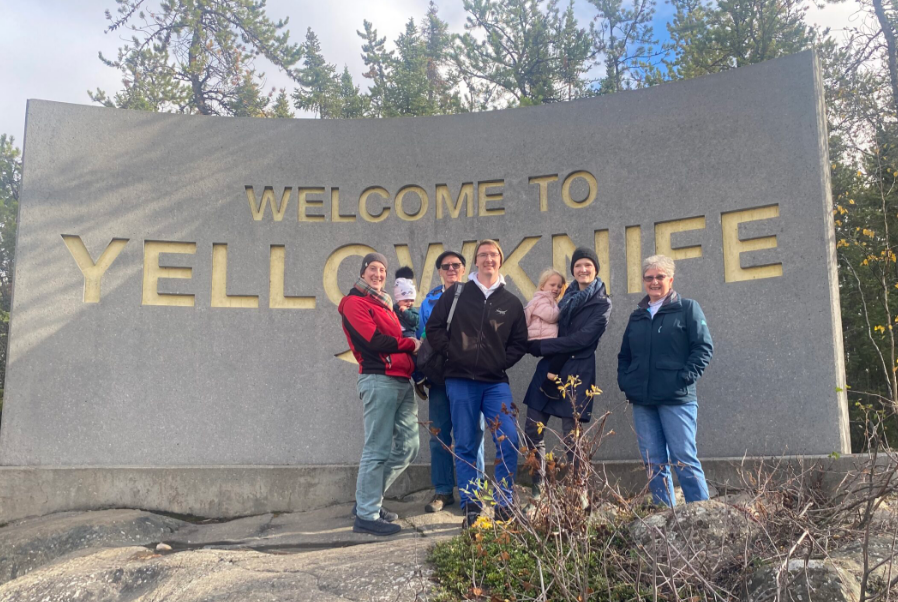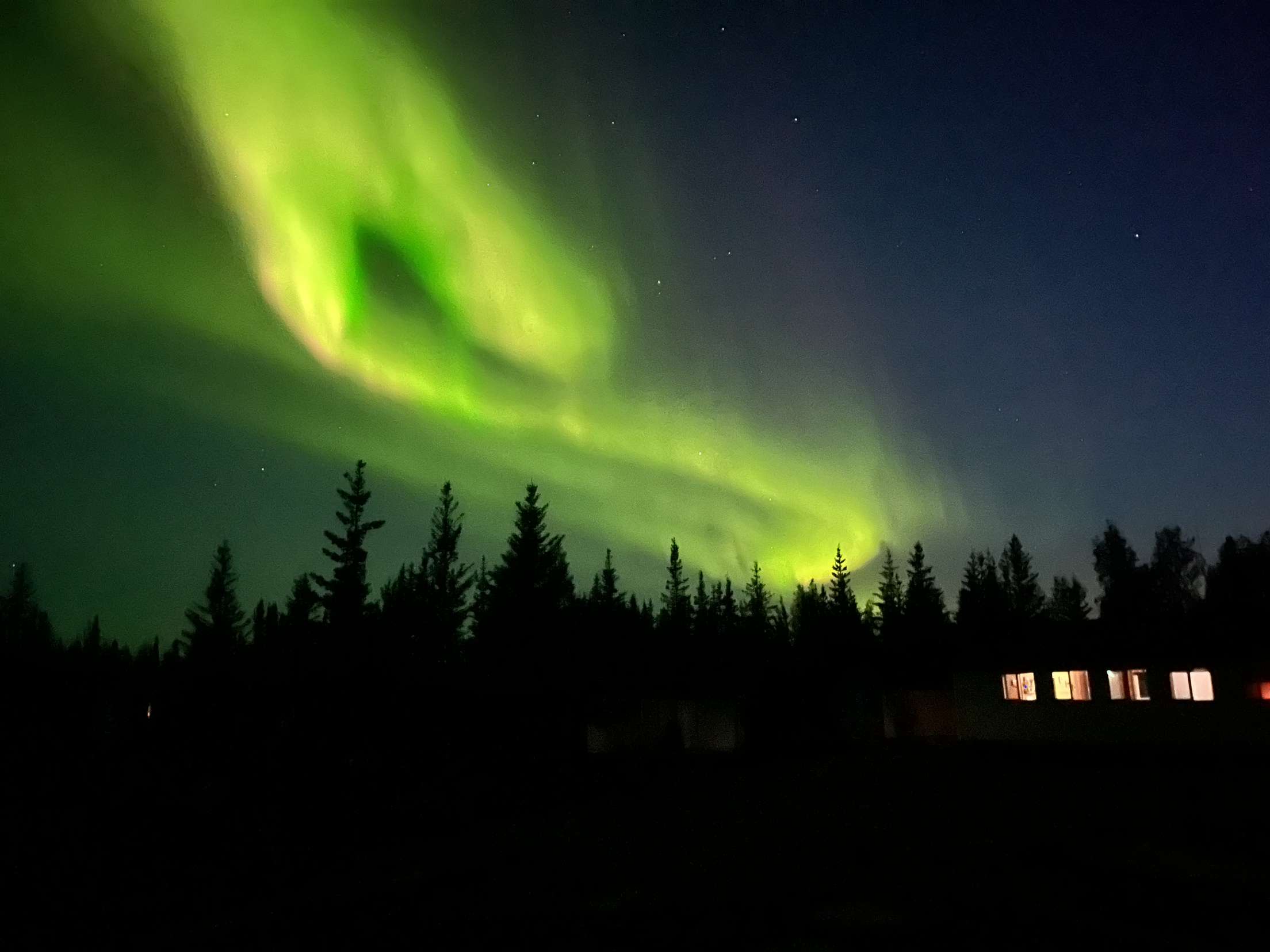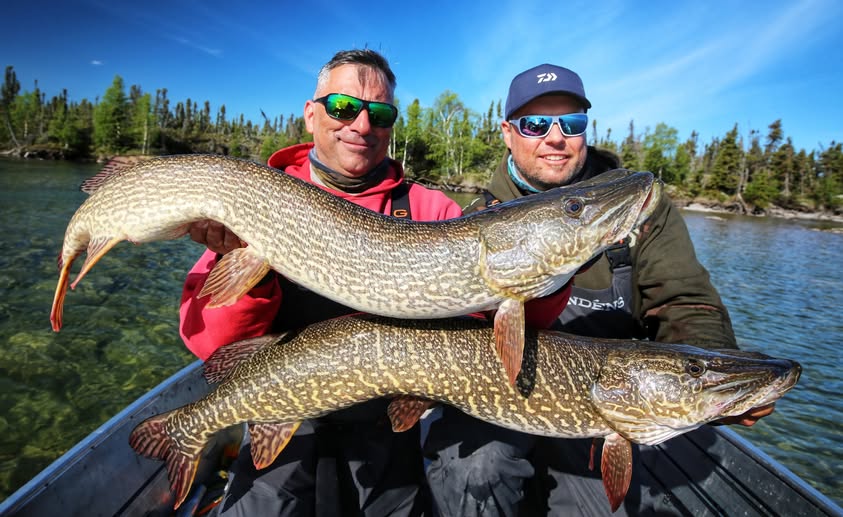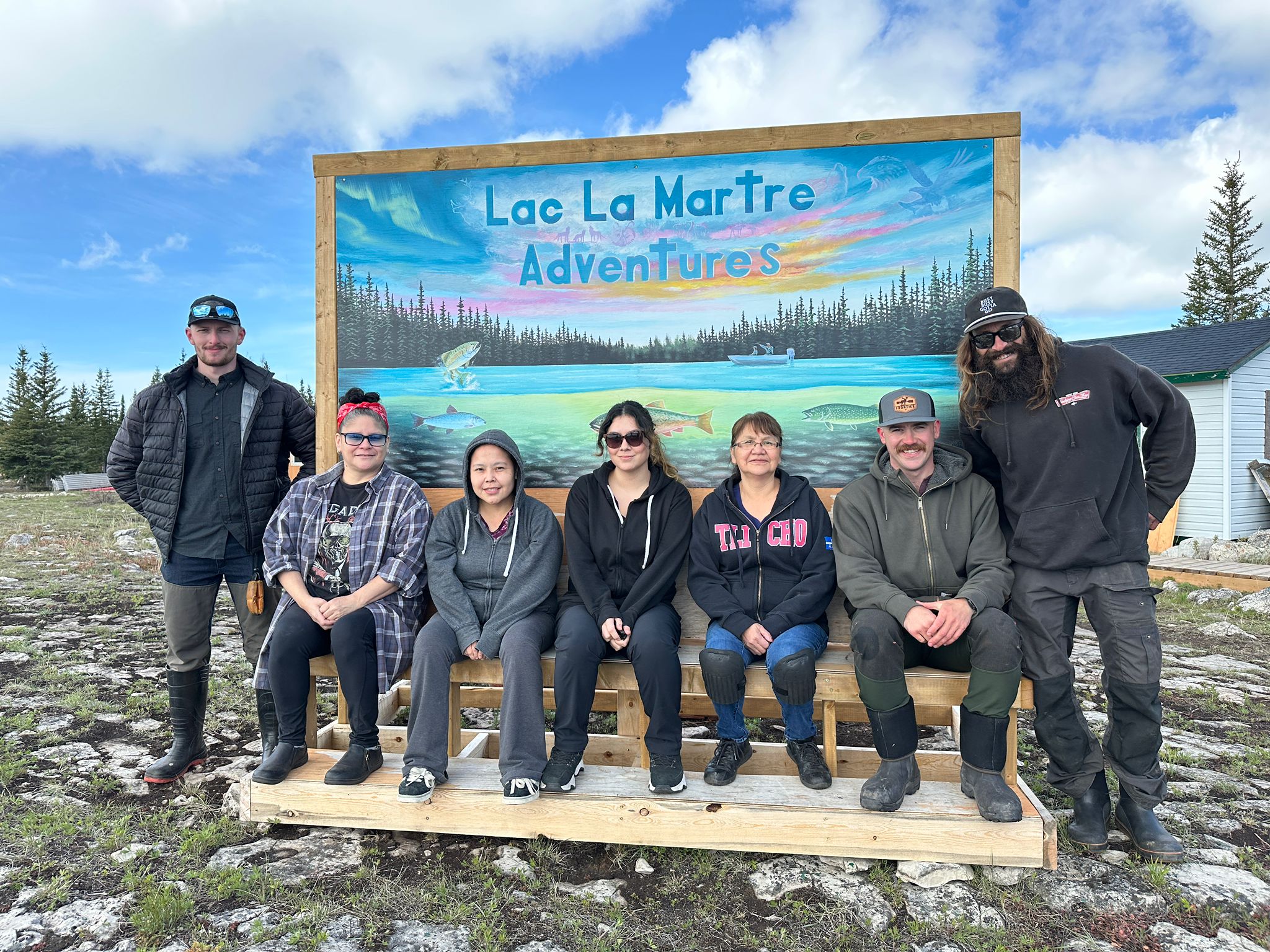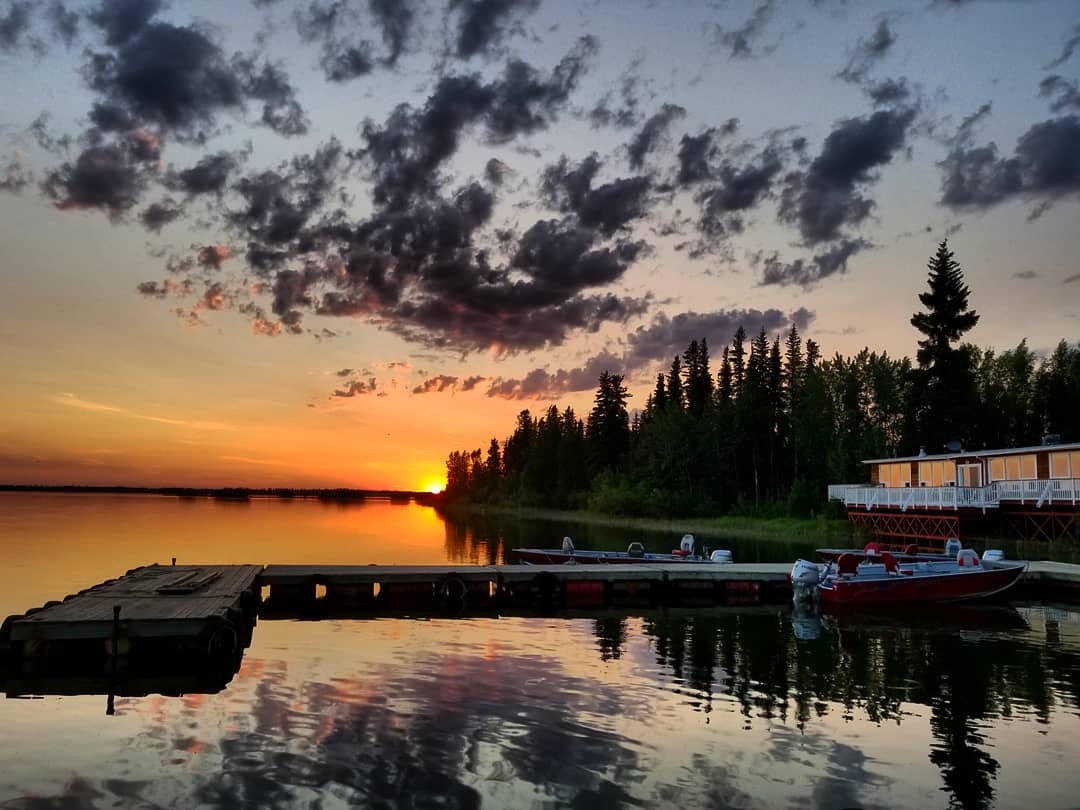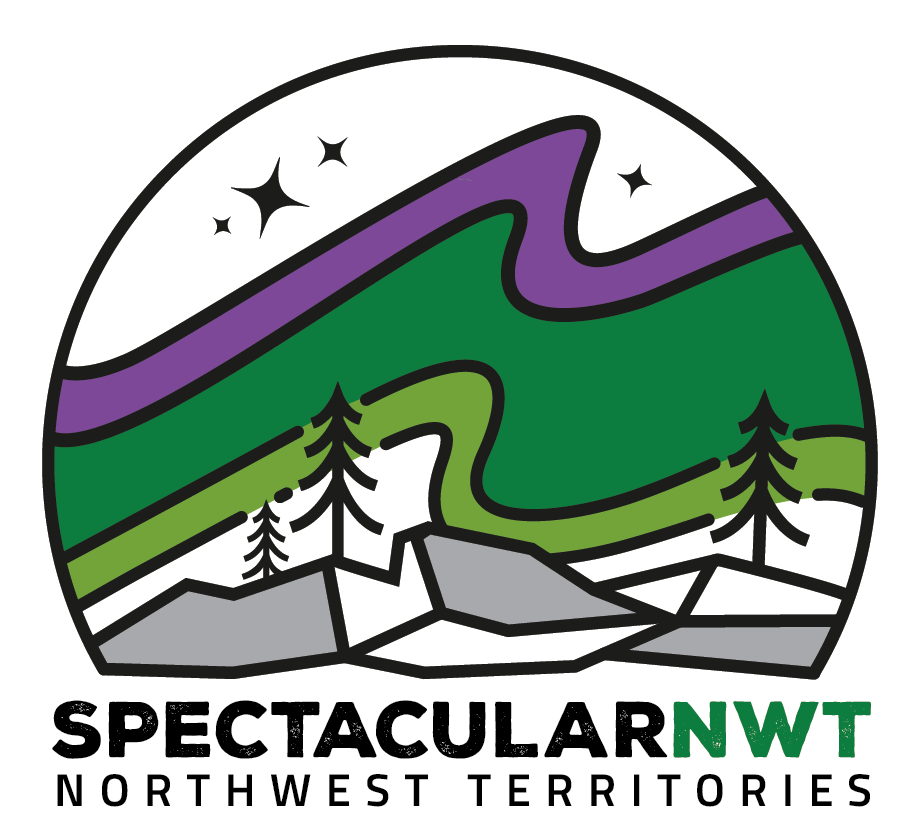Great Slave Lake is more than just a large body of water, it lives up to its name as it is truly great. For thousands of years, this vast, wild lake, alive with fish, birds, and stories, has been central to life in the North. Today, it continues to shape the cultures, traditions, and lifestyles that make the NWT such a unique destination.
Stretching across both the North Slave and South Slave regions, Great Slave Lake covers over 28,000 square kilometres, making it the second-largest lake entirely within Canada, and with a maximum depth of more than 600 metres (2,000 ft) it is the deepest in North America. Its waters feed into the mighty Mackenzie River and connect a network of rivers, deltas, and wetlands teeming with life.
The lake’s unique geography only adds to its grandeur. At its northeastern edge, the Canadian Shield meets the water with ancient, rugged cliffs and rocky islands, while the western and southern shores are dotted with bays, beaches, and rich marshlands. These contrasts give rise to two distinct arms: the wild and dramatic East Arm, known for its narrow channels, red cliffs, and trophy fishing; and the quieter, bird-filled North Arm, with its sandy shores and wooded islands.
With such diversity of landscape, wildlife, and experiences, it’s no wonder Great Slave Lake, known traditionally as Tinde’e, Tu Nedhé, and Tucho, continues to inspire all who visit.
